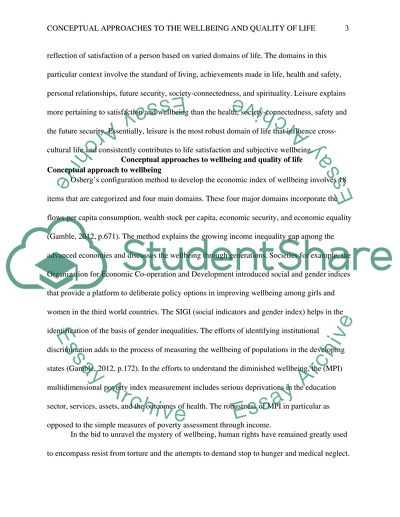Cite this document
(“Is there a difference between the conceptual approaches of wellbeing Essay”, n.d.)
Is there a difference between the conceptual approaches of wellbeing Essay. Retrieved from https://studentshare.org/sociology/1686722-is-there-a-difference-between-the-conceptual-approaches-of-wellbeing-and-quality-of-life-how-can-these-approaches-wellbeing-quality-of-life-contribute-to-achieving-sustainability-of-livelihood-strategies
Is there a difference between the conceptual approaches of wellbeing Essay. Retrieved from https://studentshare.org/sociology/1686722-is-there-a-difference-between-the-conceptual-approaches-of-wellbeing-and-quality-of-life-how-can-these-approaches-wellbeing-quality-of-life-contribute-to-achieving-sustainability-of-livelihood-strategies
(Is There a Difference Between the Conceptual Approaches of Wellbeing Essay)
Is There a Difference Between the Conceptual Approaches of Wellbeing Essay. https://studentshare.org/sociology/1686722-is-there-a-difference-between-the-conceptual-approaches-of-wellbeing-and-quality-of-life-how-can-these-approaches-wellbeing-quality-of-life-contribute-to-achieving-sustainability-of-livelihood-strategies.
Is There a Difference Between the Conceptual Approaches of Wellbeing Essay. https://studentshare.org/sociology/1686722-is-there-a-difference-between-the-conceptual-approaches-of-wellbeing-and-quality-of-life-how-can-these-approaches-wellbeing-quality-of-life-contribute-to-achieving-sustainability-of-livelihood-strategies.
“Is There a Difference Between the Conceptual Approaches of Wellbeing Essay”, n.d. https://studentshare.org/sociology/1686722-is-there-a-difference-between-the-conceptual-approaches-of-wellbeing-and-quality-of-life-how-can-these-approaches-wellbeing-quality-of-life-contribute-to-achieving-sustainability-of-livelihood-strategies.


